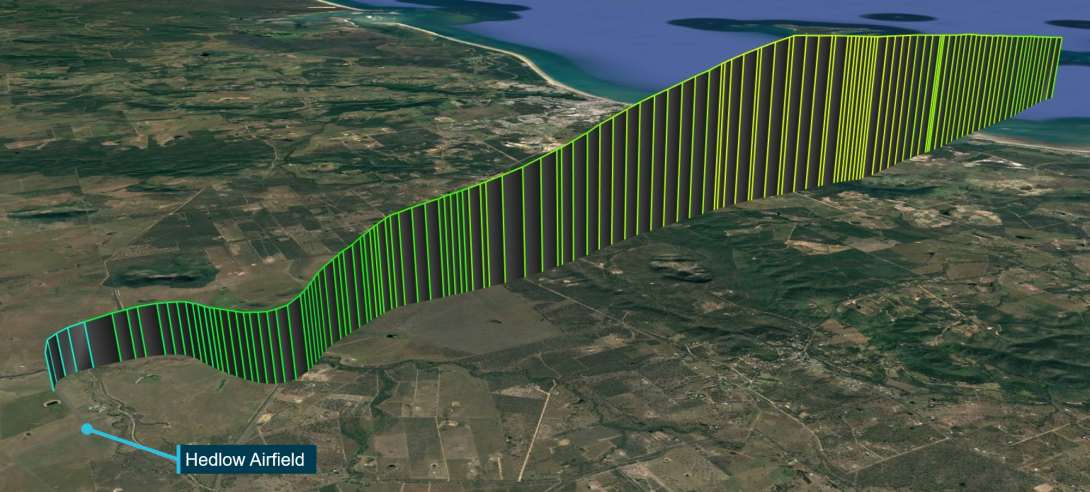| Occurrence Briefs are concise reports that detail the facts surrounding a transport safety occurrence, as received in the initial notification and any follow-up enquiries. They provide an opportunity to share safety messages in the absence of an investigation. |
What happened
While cruising at 1,000 ft south-southeast of Great Keppel Island, the pilot reduced the throttle to slow down the aircraft in preparation for landing. As the power lever was reduced, the engine had an uncommanded full power increase. After assessing the situation, and to reduce the possibility of the engine’s maximum permitted RPM being exceeded, the pilot commenced a climb to 9,500 ft and turned the aircraft back toward Hedlow where the runway length and surrounding area was more suitable for a glide approach. Once within gliding distance, the pilot shutdown the aircraft’s engine and a successful glide approach was conducted at Hedlow airfield (Figure 1).
Figure 1: Aircraft flight path

Source: Flightradar24, annotated by ATSB
Engineering inspection
The engineering inspection revealed that the throttle wire had snapped approximately 5mm before the swage end that connects to the throttle lever arm (Figure 2). The steel rod that the cable end is fitted to was resistant to rotating with the movement of the throttle arm. This caused the wire to bend slightly as the throttle was moved in and out of the full power position. Over time, this movement caused the wire to stiffen and fatigue, resulting in the break.
Figure 2: Broken throttle wire

Source: Pilot
Safety message
This incident highlights the importance of flight crews maintaining awareness of all system states and the benefits of sound decision-making. In this instance, the pilot was quick to identify and troubleshoot the engine malfunction, which allowed the pilot to select an appropriate response that increased the likelihood of a safe outcome.
About this report
Decisions regarding whether to conduct an investigation, and the scope of an investigation, are based on many factors, including the level of safety benefit likely to be obtained from an investigation. For this occurrence, no investigation has been conducted and the ATSB did not verify the accuracy of the information. A brief description has been written using information supplied in the notification and any follow-up information in order to produce a short summary report and allow for greater industry awareness of potential safety issues and possible safety actions.


